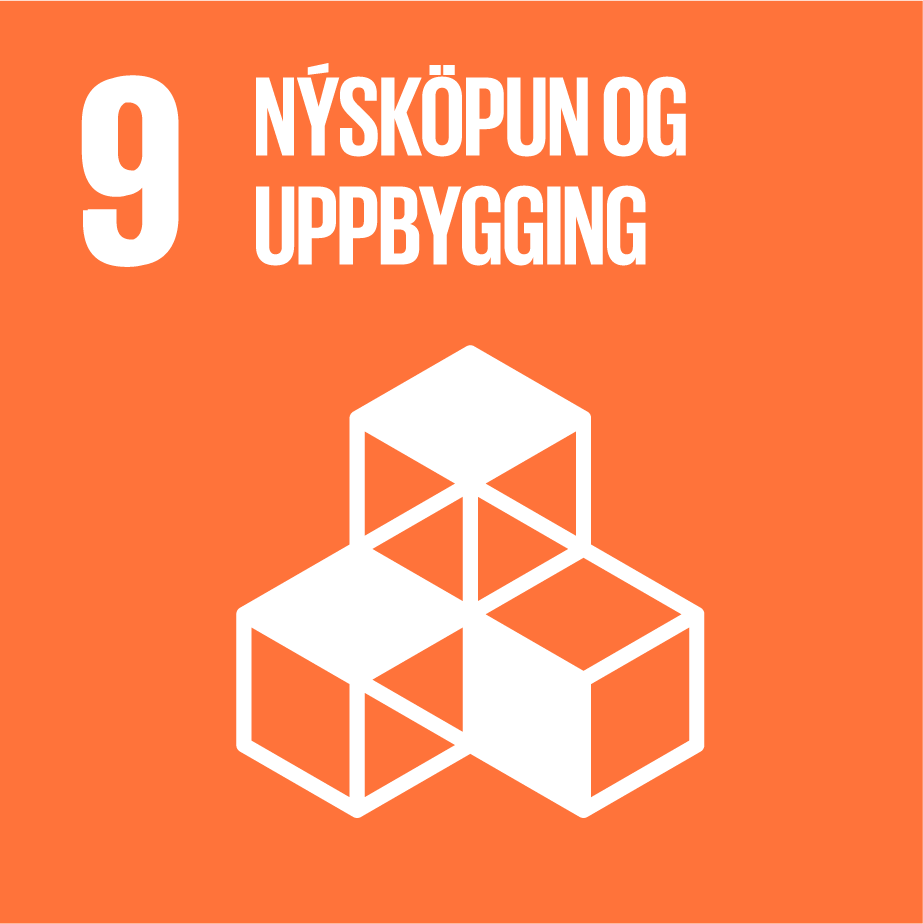Already in 1983 damages were visible in the spire and the pillars on the steeple sides. Repairs to the spire were done in 1988. Repairs to the transept followed in 1991 and 1994 but repairs to the steeple were not possible at the time. Extensive and difficult repairs to the steeple itself were finally undertaken in 2008. Simultaneously older repairs to the spire and transept were examined and reconstructed as needed.
A condition inspection performed by Verkís confirmed the poor state of the church steeple. The extent of the damage was significant; the steeple walls were in urgent need of repairs and repairs made to the spire in 1988 needed examination and partial reconstruction. The extent of the damage could not be fully confirmed until scaffolding was be set up and the plaster removed.
It was clear the project would be difficult and that a good cooperation with the contractor and concrete manufacturer was important. Scaffoldings were raised around the entire steeple and spire, and simultaneously the plaster was removed from the steeple walls with highly-pressurized water and sand as well as manually. Due to the extent og the damage 150 mm were removed from the exterior and re-cemented. This cement coating is to protect the inner layers from water and continued frost damage.
The pillars extending from the steeple walls were in very bad shape and following a cost estimation they were removed completely and re-cemented. The repairs to the spire were a combination of crack repairs and re-cementing. Following the concrete work and repairs, the surface of the steeple was covered with a new type of plaster developed in cooperation with BM-Vallá and Ístak.
Following the project, repairs were made to the nave on the inside, as well as painting, installment of emergency exits. A bronze door was installed etc.
Verkís was responsible for condition assessment, project plan and cost estimates, task specification, construction supervision and the final appraisal.

